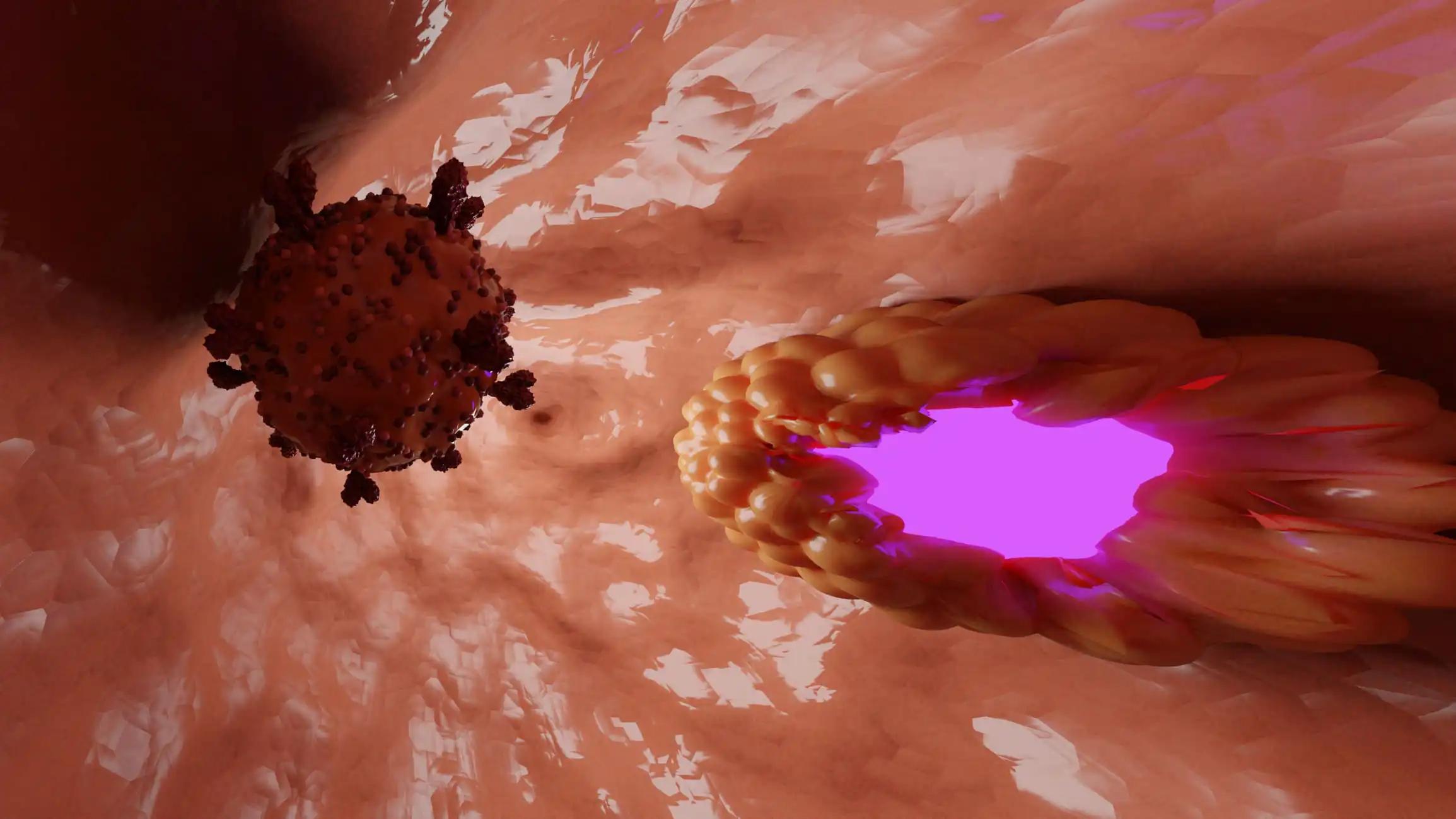KEY TAKEAWAYS
- The Apa-RP phase 2 trial aimed to offer a descriptive comparison of rash-related safety data from Apa-RP to 2 Phase 3 apalutamide registration trials.
- The results revealed a proactive approach in Apa-RP for managing apalutamide-induced rash, potentially reducing incidence and severity.
In a Phase 2 multicenter, open-label, single-arm study, individuals with treatment-naïve, high-risk, localized prostate cancer after radical prostatectomy received adjuvant apalutamide and androgen deprivation therapy (ADT). The study incorporated a rash management guide to enhance the management of dermatologic adverse events (AEs).
Cheryl Zinar and the team aimed to present a descriptive comparison of rash-related safety data from Apa-RP with 2 Phase 3 apalutamide registration trials.
Patients diagnosed with high-risk localized prostate cancer who had undergone radical prostatectomy were administered apalutamide 240 mg once daily for 12 cycles (28 days). They were divided into two groups, which included injectable ADT (n=96), oral ADT, and relugolix (n=12).
A rash management guide was implemented, emphasizing proactive patient education and regular communication. Patients received counseling on appropriate skincare practices, including avoiding harsh soaps and maintaining skin hydration, with continuous monitoring for rash occurrence. Specific steps for each rash grade were outlined in the Rash Management Guide.
Site staff conducted focused phone calls to ensure early identification and adherence to rash-related interventions. Rash occurrence and skin-related adverse events were monitored routinely and graded according to Common Terminology Criteria for Adverse Events (CTCAE) v5.0. These events were then compared descriptively to historical data from SPARTAN (non-metastatic castration-resistant PC; NCT01946204) and TITAN (metastatic castration-sensitive PC; NCT02489318) North American populations.
The results revealed that among 108 patients, 21.3% experienced rash, compared to 28.3% in SPARTAN and 33.3% in TITAN. Among those who developed rash in Apa-RP, 60.9%, 26.1%, and 13.0% had Grades 1, 2, and 3 rash, respectively, compared to 40.0%, 37.5%, and 22.5% in SPARTAN and 28.6%, 38.1%, and 33.3% in TITAN. The median time to rash onset was 79.0 days, 97.5 days and 84.0 days in SPARTAN and TITAN, respectively.
The median time to rash resolution was 45.5 days, compared to 60.0 days and 142.0 days in SPARTAN and TITAN, respectively. In Apa-RP, 43.5% of patients received topical corticosteroids, compared to 26.3% in SPARTAN and 52.4% in TITAN. Additionally, 21.7% of Apa-RP patients received oral antihistamines, compared to 27.5% in SPARTAN and 9.5% in TITAN.
The study concluded that the Apa-RP rash management guide showcases a proactive and patient-centric strategy for monitoring and addressing skin rash in individuals on apalutamide.
Enhanced vigilance from the care team and comprehensive patient education may lead to a potential reduction in both the occurrence and severity of skin rash. Additionally, early intervention with high-potency topical corticosteroid creams and oral antihistamines holds promise in diminishing the median time to rash resolution.
The trial was sponsored by Janssen Research & Development, LLC.
Source: https://ons.confex.com/ons/2024/meetingapp.cgi/Paper/15597
Clinical Trial: https://clinicaltrials.gov/study/NCT04523207
Zinar C, Hafron J, Saltzstein D, et al. (2024). “Impact of a Rash Management Protocol on Incidence and Severity of Rash with Apalutamide Patients with High-Risk Localized Prostate Cancer (Apa-RP Study).” Presented at ONS 2024 (I41)



